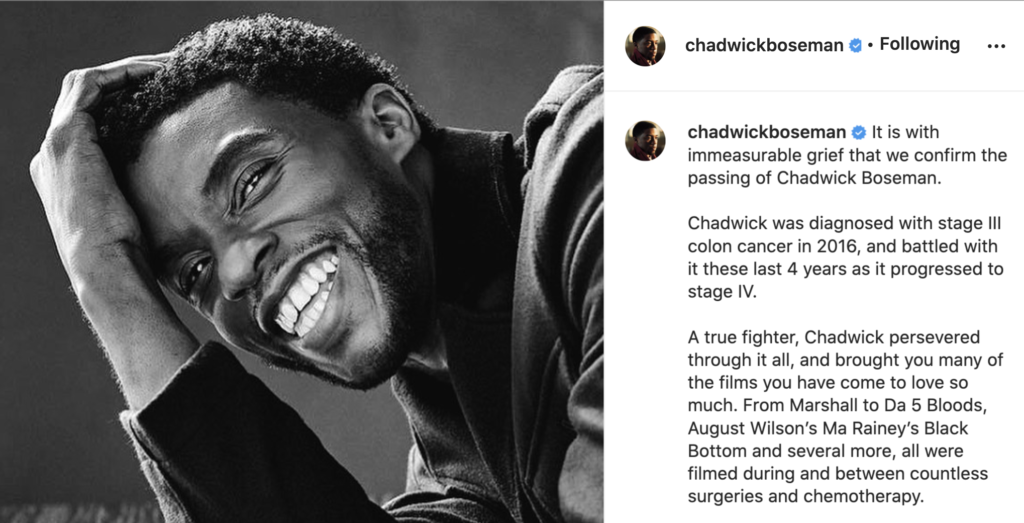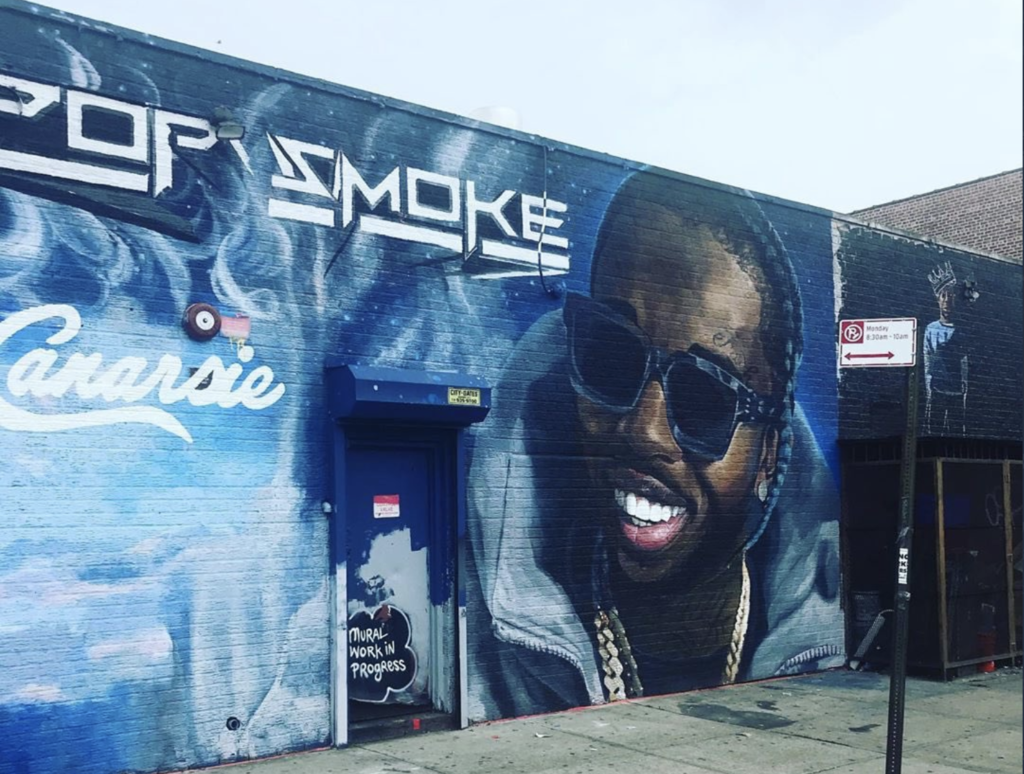It’s Sad But It’s True. Prince Died of An Overdose
02 Jun, 2016
Prince died from an accidental, self-administered overdose of fentanyl, the Midwest Medical Examiner’s Office said in a report released Thursday.
The report gave no indication of how Prince obtained the drug, nor did it list any other cause of death or ‘‘significant conditions.”
The 57-year-old musician was pronounced dead the morning of April 21, one day before he was scheduled to meet with a California doctor in an attempt to kick an opioid addiction.
Two of his staff members — longtime friend Kirk Johnson and personal assistant Meron Bekure — found his lifeless body in a Paisley Park elevator about 9:40 a.m.
Sources previously told the Star Tribune that the investigation has focused on Prince’s use of painkillers and how he obtained them.
Fentanyl is a synthetic opioid, similar to morphine, that is administered by injection, lozenge or patch to treat severe pain after surgery and to manage chronic pain. The controlled substance is commonly sold illegally and misused by addicts. Whether fentanyl had been prescribed to Prince is unclear; the drug is considered highly potent and addictive and is prescribed as a second-line treatment when patients become tolerant of other opioids for pain relief.
The report released Thursday said Prince, 5-foot-3 and weighing 112 pounds at the time of death, had a scar on his left hip and on the lower part of his right leg. Prince was reported to have had surgery several years ago on an ailing hip caused by years of jumping off speakers while performing on stage in high heels.
He was wearing a black cap, black shirt, a gray undershirt, black pants, black boxer briefs and black socks when his body was found.
The day before his death, Prince was treated by a local doctor for withdrawal symptoms from opioid addiction. The physician, Dr. Michael Todd Schulenberg, a family practitioner, treated Prince for fatigue, anemia and concerns about opiate withdrawal.
Schulenberg, however, did not prescribe opioids to Prince, a source has said.
Prince died less than a week after his private plane made an emergency, middle-of-the-night landing in Moline, Ill. so he could be treated for a suspected opioid overdose following a pair of concert performances in Atlanta, sources told the Star Tribune.
Emergency responders arrived at the Chanhassen complex the morning of April 21 within five minutes of receiving a 911 call, but it was already too late. A responding paramedic told staff members, law enforcement officers and others at the scene that Prince appeared to have been dead for at least six hours by the time his body was found.
Sources have told the newspaper that Prince’s inner circle became so concerned about his health that they reached out to Phaedra Ellis-Lamkins, a well-known environmental and labor activist in the San Francisco Bay Area who has been credited with helping Prince recover the rights to his early catalog of songs from Warner Bros. She has declined to comment, citing Prince’s concern for his privacy.
The night of April 20, less than 12 hours before Prince’s body was found, Ellis-Lamkins called Dr. Howard Kornfeld, a pain and addiction specialist in Mill Valley, Calif., seeking his help to get the musician off prescription painkillers, sources said.
Kornfeld could not clear his schedule to immediately travel to Minnesota, so he instead dispatched his son, Andrew Kornfeld, a pre-med student who worked with his father, to meet with Prince and a second Minnesota doctor who is certified to prescribe an opioid addiction treatment medication that Dr. Kornfeld uses.
That Minnesota doctor, who hasn’t been publicly identified, had cleared his calendar for the morning of April 21 so that Prince could go to his office for an independent evaluation, the source said.
Prince, however, died before the meeting could take place.
‘Incredibly potent’
Deaths related to fentanyl have been rising in Minnesota just like deaths from prescription opioids such as oxycodone and illicit versions such as heroin.
There were 35 deaths related to fentanyl in Minnesota last year, compared to one in 2000, according to death certificate data from the Minnesota Department of Health.
Fentanyl is as addictive and more potent than oxycodone and other opioids, said Dr. Anne Pylkas, a HealthPartners addiction medicine specialist, who wasn’t involved in Prince’s care. Misuse often occurs when patients use two or three 72-hour patches instead of one.
“It’s much stronger than morphine so its easier to overdose on,” she said, “because its incredibly potent. We measure it in micrograms, not in milligrams” like other pain relievers.
Autopsies typically conclude within three to six weeks, but experts said there are many reasons why Prince’s death might have taken longer than usual to officially determine. Price died exactly six weeks ago.
Deaths associated with drugs slow the process, because they require toxicology tests to substantiate the presence of drugs, then Olympic-level verification to determine the exact type and amount of drugs, said Fred Apple, medical director of the clinical laboratory at HCMC, which did not conduct the toxicology testing for the Prince case. Investigators then need to discuss if the level of drugs were toxic enough to have played a role in the death, or were typical for someone taking medication.
“It’s not like you see on TV on NCIS,” Apple said, “where someone shoots something into an instrument and two minutes later, a result comes out.”
Meanwhile, a joint state and federal criminal investigation into Prince’s death continues.
Carver County Chief Deputy Jason Kamerud said Thursday that he has “no idea what the time frame is” for completing that work.
He said the medical examiner’s report is just one “piece of the puzzle.’
Star Tribune
Image Variety twitter
Mentioned In This Post:



















